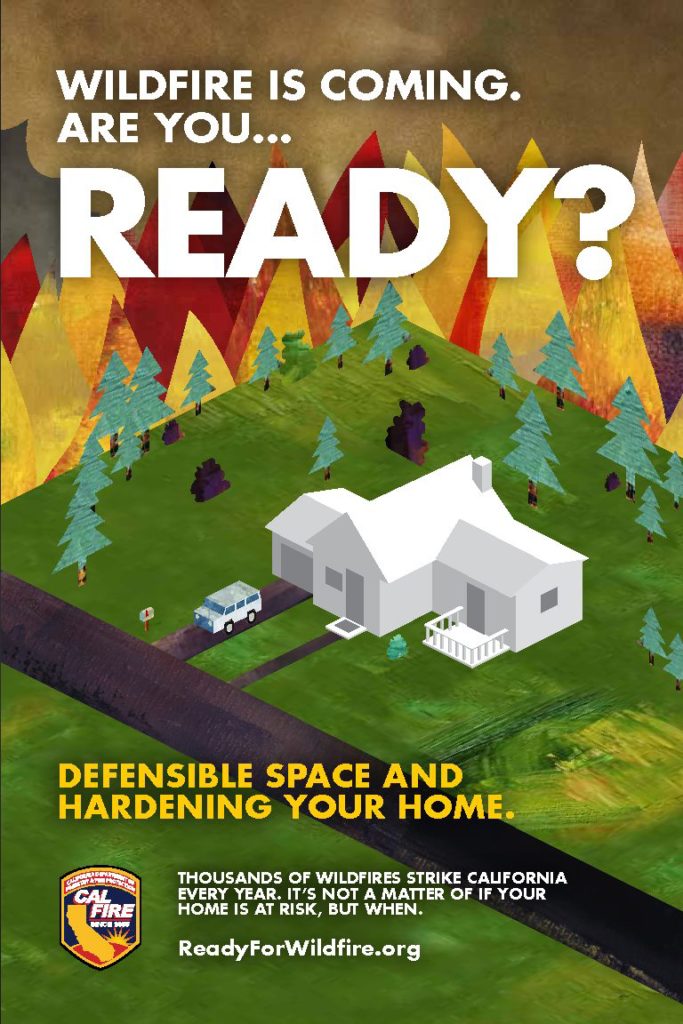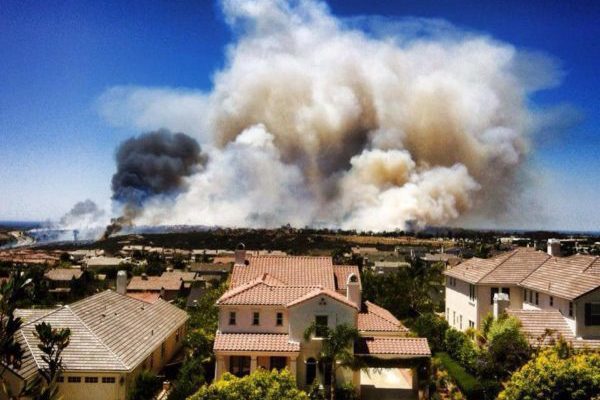
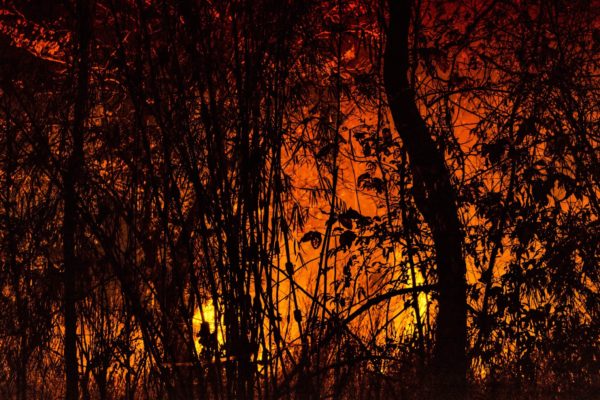
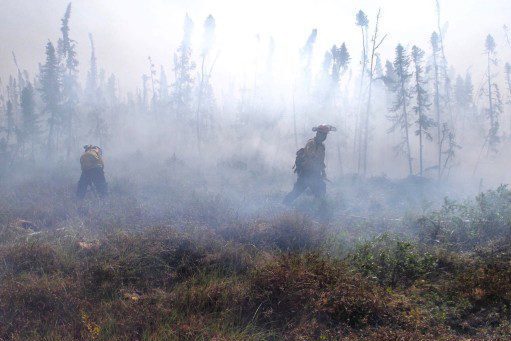
Fire season! It’s that time of the year that Californians are all-too familiar with, but a foreign concept to people in other parts of the country. In California, fire season typically runs from late-summer to autumn — climaxing in the months of September and October when the weather is at its driest. However, this past year in 2018, California’s wildfire season was the deadliest and most destructive on record with an astonishing 8,527 separate fires that burned through almost 2 million acres of land, according to the California Department of Forestry and Fire Prevention.
With this region’s arid climate and drought conditions, vegetation turns into an ideal source to fuel any flame that it encounters. Then throw in some warm Santa Ana winds to deliver oxygen to the flame, and you now have the perfect circumstances for a rapid-spreading blaze.
At LC Tree Service, we continually are asked by clients if their properties are fire-safe and what parameters are necessary for keeping a property in compliance with fire safety code. Property owners in fire-prone areas of San Diego are required to keep a defensible space for fire prevention. Defensible space is defined as the area surrounding a structure where combustible vegetation that can spread fire has been cleared, reduced, or replaced. This space is important, because it acts as a barrier between a structure and an advancing fire.
STANDARD FIRE CODE FOR SAN DIEGO COUNTY
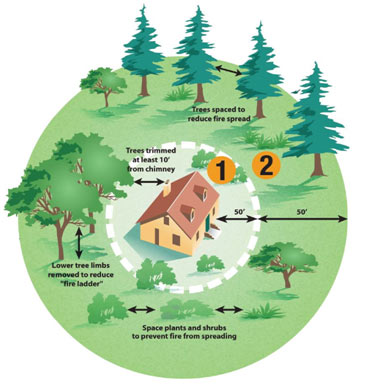
CAL FIRE DEFENSIBLE SPACE PARAMETERS
The California Department of Forestry and Fire Prevention (CAL FIRE) is an organization dedicated to protecting the over 31 million acres of California’s privately-owned wildlands. To do so, regulations have been enforced for Californians with properties in fire-prone regions, such as the San Diego communities of Alpine, Julian, and Jamul, to name a few.
The following guidelines are provided by CAL FIRE in creating a defensible space for your property.
ZONE 1
Extends 30 feet out from buildings, decks, and other structures
- Remove all dead plants, grass, and weeds (vegetation).
- Remove dead or dry leaves and pine needles from your yard, roof, and rain gutters.
- Trim trees regularly to keep branches a minimum of 10 feet from other trees.
- Remove branches that hang over your roof and keep dead branches 10 feet away from your chimney.
- Relocate wood piles into Zone 2.
- Remove or prune flammable plants and shrubs near windows.
- Remove vegetation and items that could catch fire from around and under decks.
- Create a separation between trees, shrubs, and items that could catch fire, such as patio furniture, wood piles, swing, sets, etc.
ZONE 2
Extends 100 feet out from buildings, structures, decks, etc.
- Cut or mow annual grass down to a maximum height of 4 inches.
- Create horizontal spacing between shrubs and trees.
- Create vertical spacing between grass, shrubs, and trees.
- Remove fallen leaves, needles, twigs, bark, cones, and small branches. However, they may be permitted to a depth of 3 inches.
BOTH ZONES
0 to 100 feet from buildings and other structures
- Mow before 10 am but never when it’s windy or excessively dry.
- Protect water quality. Do not clear vegetation near waterways to bare soil. Vegetation removal can cause soil erosion—especially on steep slopes.
VERTICAL SPACE
Another important factor in to take into consideration when defensible spacing is created is vertical clearance, in which all tree limbs are cleared or removed at least six feet from the ground. Allowing additional vertical space between shrubs and trees can impede a fire from rising vertically to the tops of the tree.
HORIZONTAL SPACE
Last aspect to take into consideration with defensible space is horizontal clearance, which is influenced by the slope of the land, as well as shrub and tree height.
Visit CAL FIRE for more information on maintaining a fire defensible space for your property.
GRANT PROGRAMS
While some homeowners attempt to create a fire-safe defensible space around their property, many hire a tree service company — to which financial aide may be acquired through the form of grants.
For San Diego East County residents, please click on the following links.
For the rest of San Diego County residents, please click on the following link.
IN NEED OF FIRE CLEARANCE?
CONTACT LC TREE SERVICE TODAY TO SPEAK WITH A SPECIALIST.
619.677.5777


